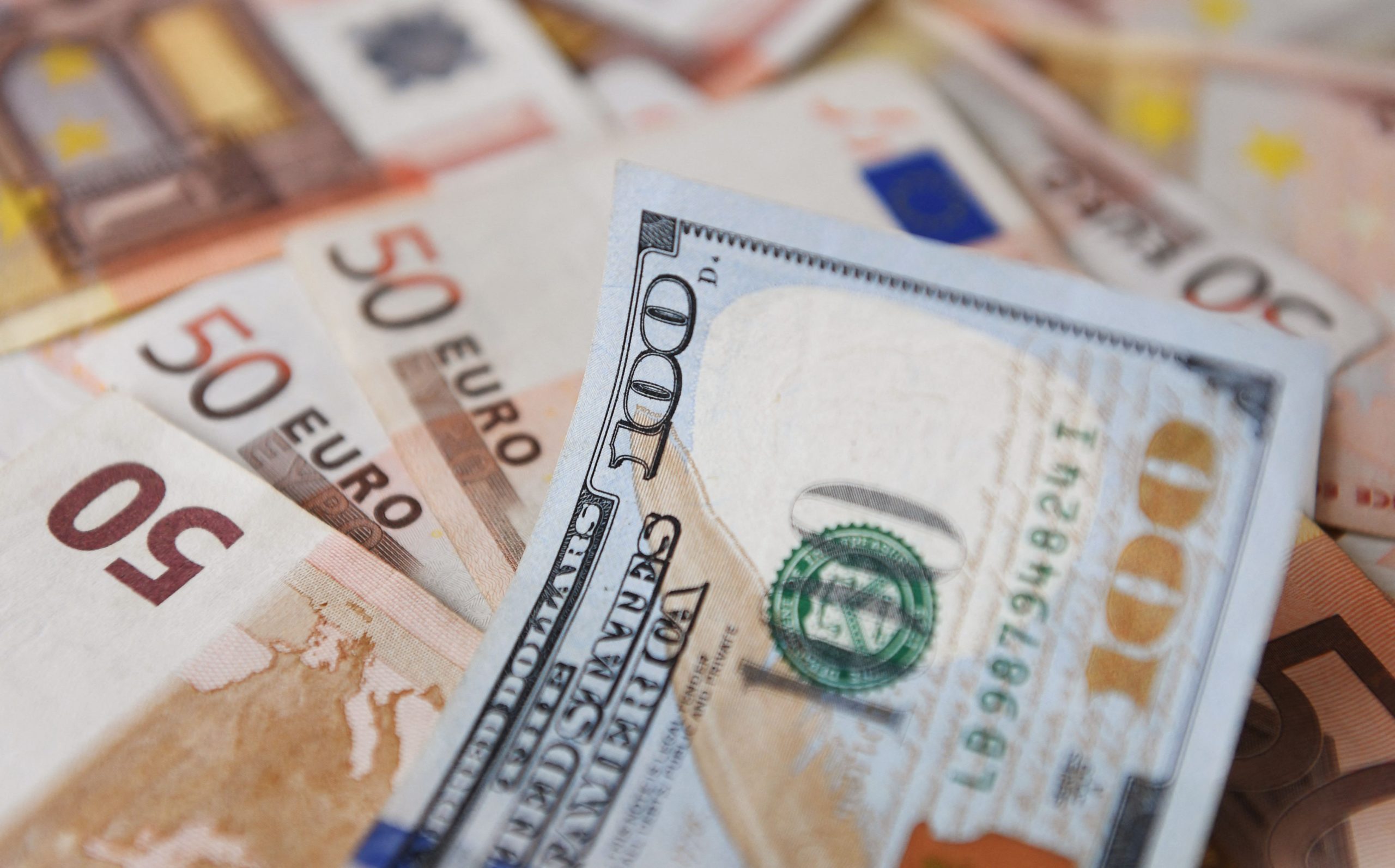Forex
Bloomberg: euro depreciation against USD “tears” EU economy

The fall of euro depreciation against USD since the beginning of the year by more than 12% will lead to higher prices for imported goods, causing damage to European business. Coupled with high inflation and multiple increases in energy prices, the weak euro is already “tearing apart” the EU economy, Bloomberg says.
“Euro depreciation against USD is hurting corporate profits because of higher dollar-denominated commodity prices,” Kenneth Brooks, head of corporate research at Societe Generale SA, said.
Consumer inflation in the eurozone is already close to 9 percent, which is negatively affecting sales of businesses and companies. Depreciation of the euro below parity with the dollar will further exacerbate the performance of firms, provoking a decline in consumer demand amid rising prices, notes the publication.
“European stocks are trading at a notable 30 percent discount to U.S. stocks, reflecting risks to sectors such as energy and finance,” warned JPMorgan Private Bank global strategist Madison Faller.
Earlier we reported that Israel is preparing to increase gas supplies to Europe.

 Forex3 years ago
Forex3 years agoForex Today: the dollar is gaining strength amid gloomy sentiment at the start of the Fed’s week

 Forex3 years ago
Forex3 years agoUnbiased review of Pocket Option broker

 Forex3 years ago
Forex3 years agoDollar to pound sterling exchange rate today: Pound plummeted to its lowest since 1985

 Forex3 years ago
Forex3 years agoHow is the Australian dollar doing today?

 Cryptocurrency3 years ago
Cryptocurrency3 years agoWhat happened in the crypto market – current events today

 World3 years ago
World3 years agoWhy are modern video games an art form?

 Commodities3 years ago
Commodities3 years agoCopper continues to fall in price on expectations of lower demand in China

 Economy3 years ago
Economy3 years agoCrude oil tankers double in price due to EU anti-Russian sanctions

























